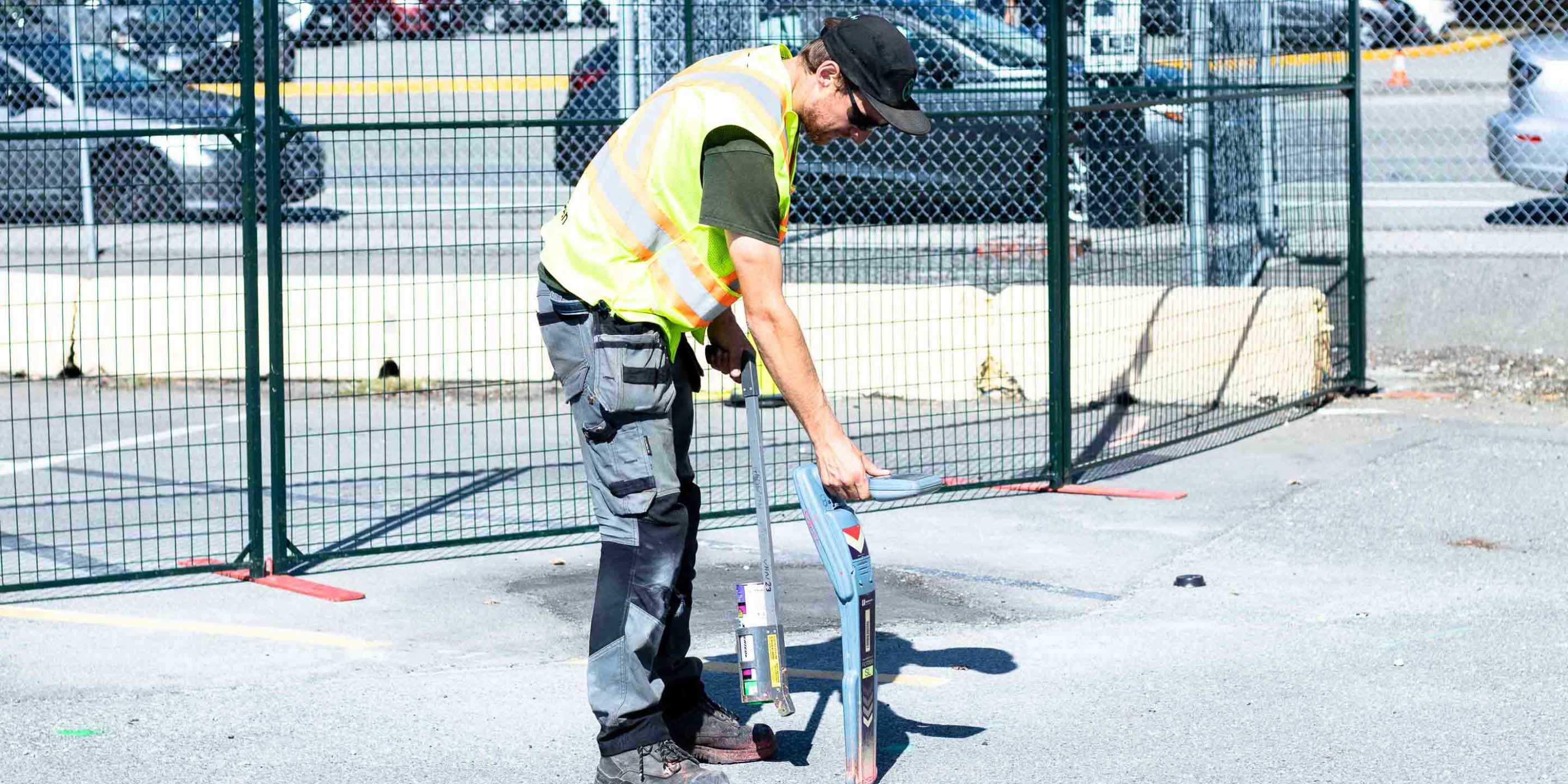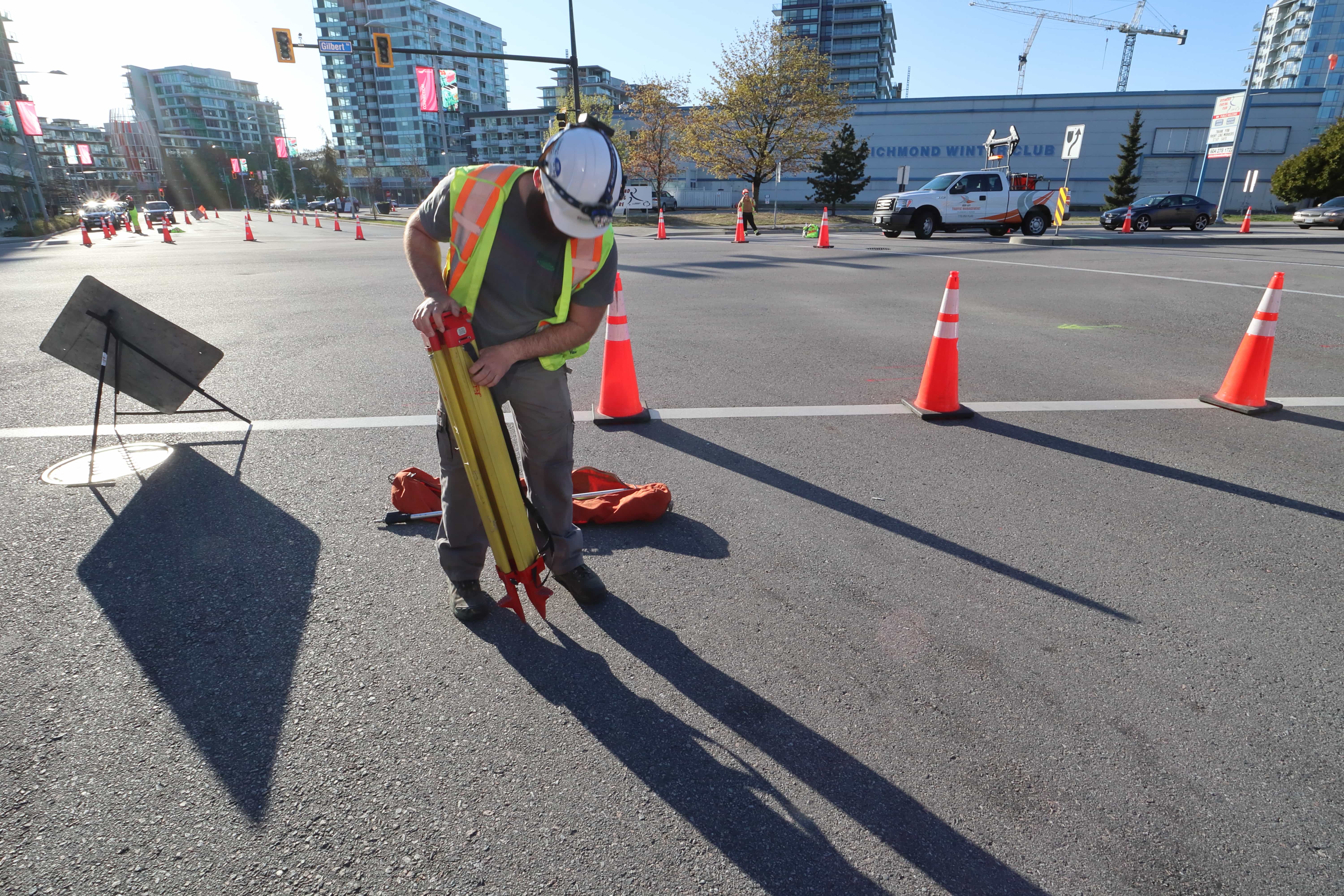Electromagnetic locating technology has revolutionized the way underground utilities are detected and mapped. In Vermont, this cutting-edge method is becoming increasingly essential for construction projects, maintenance, and infrastructure planning. Understanding how electromagnetic locating works can help property owners, engineers, and contractors avoid costly mistakes and ensure safety during excavation.
As infrastructure development continues to grow in Vermont, the demand for precise and reliable locating services has surged. Electromagnetic locating offers a non-invasive solution to identify underground utilities, such as water pipes, gas lines, and electrical cables, ensuring that projects proceed without unexpected disruptions.
This article delves into the world of Vermont electromagnetic locating, exploring its applications, benefits, and best practices. Whether you're a homeowner, contractor, or utility professional, this guide will provide the information you need to make informed decisions about underground locating services.
Read also:Hoopz Real Name Unveiling The Identity Behind The Persona
Table of Contents
- Introduction to Vermont Electromagnetic Locating
- How Electromagnetic Locating Works
- Applications in Vermont
- Benefits of Electromagnetic Locating
- Tools and Equipment Used
- Best Practices for Effective Locating
- Cost Considerations
- Regulations and Compliance
- Common Challenges and Solutions
- Future Trends in Electromagnetic Locating
Introduction to Vermont Electromagnetic Locating
Understanding the Importance
Electromagnetic locating technology plays a crucial role in Vermont's infrastructure management. With its mountainous terrain and diverse geological features, accurately identifying underground utilities is more challenging than in many other regions. Electromagnetic locating provides a reliable solution for detecting and mapping these hidden assets.
This method uses electromagnetic signals to trace metallic pipes and wires beneath the surface. By transmitting a signal through a transmitter and detecting it with a receiver, technicians can pinpoint the location, depth, and path of underground utilities. This process minimizes the risk of accidental damage during excavation and ensures the safety of workers and the public.
How Electromagnetic Locating Works
Step-by-Step Process
The electromagnetic locating process begins with the use of a transmitter that generates a specific frequency. This frequency is then picked up by a receiver, which interprets the signal to determine the location of the utility. Below are the key steps involved:
- Frequency Selection: Choose the appropriate frequency based on the type of utility being located.
- Signal Transmission: Use the transmitter to send a signal through the ground or directly connect it to the utility.
- Signal Detection: Utilize the receiver to detect the transmitted signal and determine the utility's location.
- Mapping and Documentation: Record the findings and create detailed maps for future reference.
Applications in Vermont
Key Industries Utilizing Electromagnetic Locating
In Vermont, electromagnetic locating is widely used across various industries, including construction, utilities, and environmental management. Below are some of the primary applications:
- Construction Projects: Ensuring safe excavation by identifying underground utilities before digging begins.
- Utility Maintenance: Locating and repairing water, gas, and electrical lines without causing unnecessary disruptions.
- Environmental Assessments: Mapping underground storage tanks and pipelines to prevent contamination.
Benefits of Electromagnetic Locating
Why Choose Electromagnetic Locating?
Electromagnetic locating offers numerous advantages over traditional locating methods. Some of the key benefits include:
- Precision: Accurate identification of utility locations reduces the risk of accidents.
- Efficiency: Faster and more efficient than manual locating methods.
- Safety: Minimizes the risk of damaging underground infrastructure, protecting workers and the public.
Tools and Equipment Used
Essential Tools for Effective Locating
Successful electromagnetic locating requires the right tools and equipment. Below are some of the most commonly used devices:
Read also:Gerald Sibayan Biography The Inspiring Journey Of A Filipino Icon
- Transmitter: Generates the electromagnetic signal used to locate utilities.
- Receiver: Detects the transmitted signal and provides location data.
- Accessories: Including clamps, probes, and antennas to enhance functionality.
Best Practices for Effective Locating
Tips for Maximizing Results
To achieve the best results when using electromagnetic locating, consider the following best practices:
- Site Preparation: Clear the area of debris and obstacles to ensure accurate readings.
- Calibration: Regularly calibrate equipment to maintain precision.
- Documentation: Keep detailed records of all findings for future reference.
Cost Considerations
Factors Affecting Pricing
The cost of electromagnetic locating services in Vermont can vary based on several factors, including:
- Project Size: Larger projects typically require more time and resources.
- Utility Complexity: Complex utility networks may increase the difficulty and cost of locating.
- Equipment Requirements: Advanced equipment can impact pricing.
Regulations and Compliance
Staying Compliant in Vermont
It's essential to adhere to local regulations when conducting electromagnetic locating in Vermont. Key considerations include:
- 811 Call Before You Dig: Always notify the appropriate authorities before starting any excavation work.
- Environmental Protections: Ensure compliance with environmental laws to prevent contamination.
Common Challenges and Solutions
Addressing Potential Issues
While electromagnetic locating is highly effective, some challenges may arise. Below are common issues and their solutions:
- Interference: Use higher frequencies to reduce interference from other signals.
- Non-Metallic Utilities: Employ additional methods, such as ground-penetrating radar, for non-metallic pipes.
Future Trends in Electromagnetic Locating
Innovations on the Horizon
The future of electromagnetic locating in Vermont looks promising, with advancements in technology driving innovation. Some emerging trends include:
- Advanced Software: Enhanced mapping and analysis software for improved accuracy.
- Integration with IoT: Connecting locating devices to the Internet of Things for real-time data sharing.
Kesimpulan
Vermont electromagnetic locating has become an indispensable tool for ensuring the safety and efficiency of infrastructure projects. By understanding how this technology works, its applications, and best practices, professionals can make informed decisions that benefit both their projects and the community. We encourage readers to explore further resources and consider implementing electromagnetic locating in their upcoming projects.
We invite you to share your thoughts and experiences in the comments below. Additionally, feel free to explore other articles on our website for more insights into related topics.
Data Sources:
- Utility Safety & Operations
- Underground Construction Technology
- Federal Communications Commission

